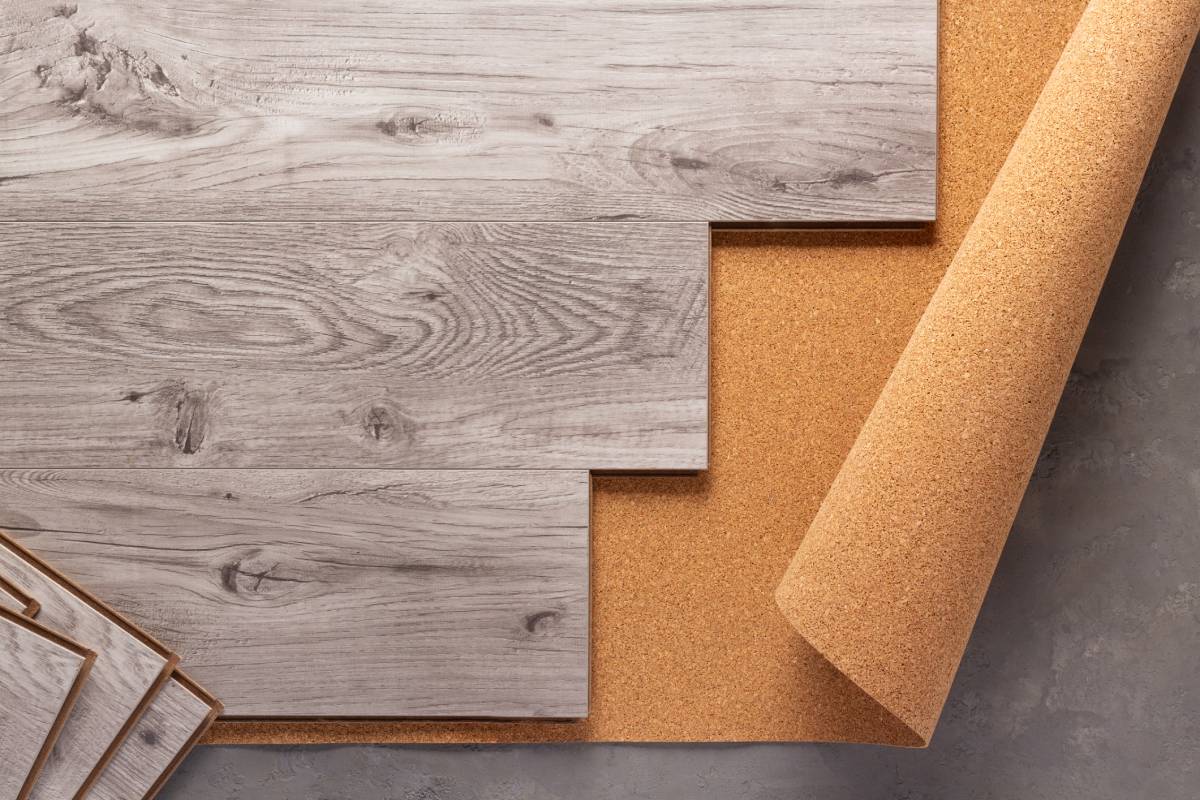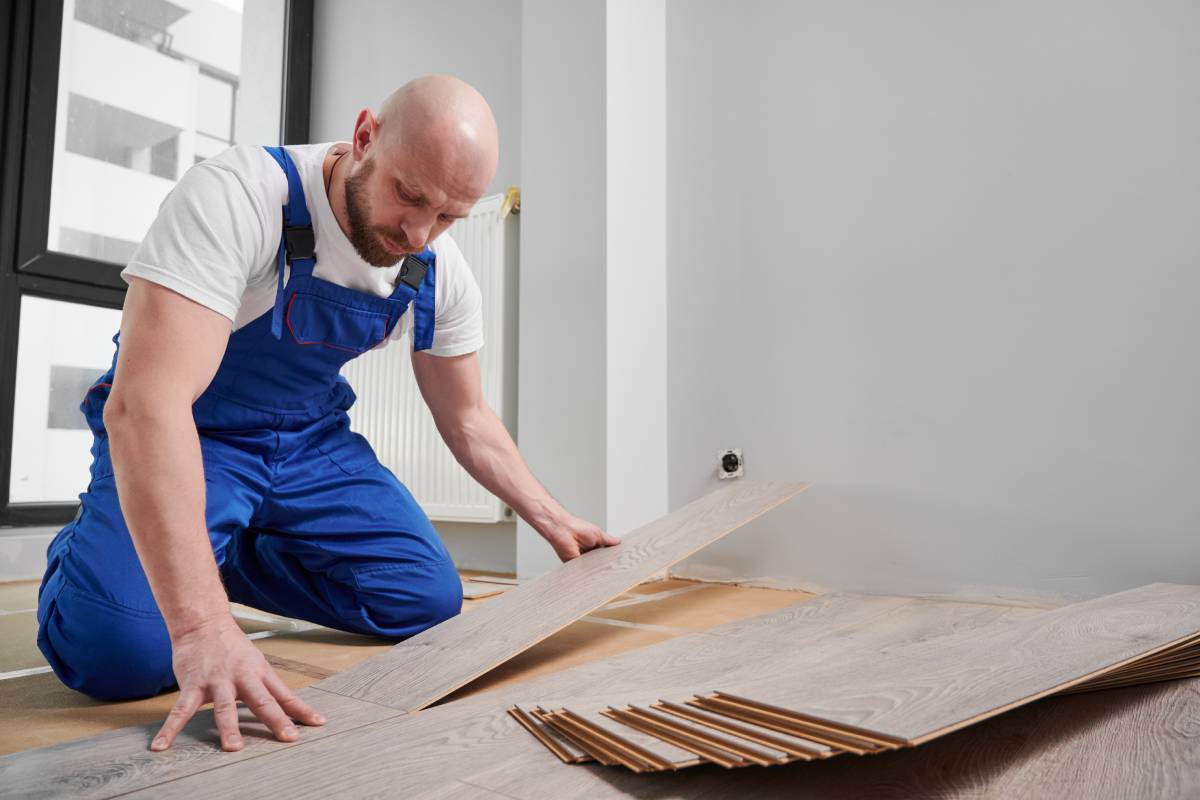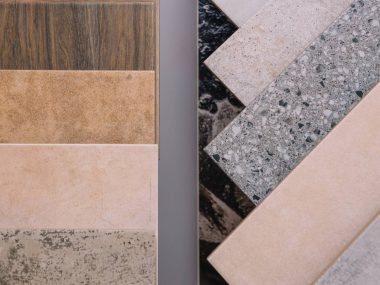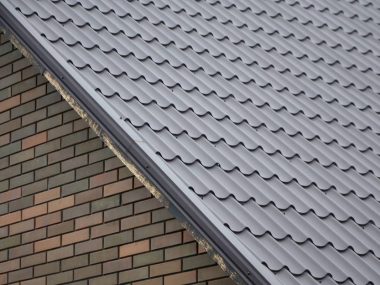Laminate flooring is a great choice for your home’s dry areas like living rooms, bedrooms, and home offices because it offers many benefits. However, if you’re used to other types of floors that don’t need any extra layers, like solid hardwood, vinyl, or tile, you might be surprised to find out that laminate flooring usually requires something called underlayment.
When it comes to laminate flooring, the decision of whether or not to use underlayment can play a crucial role in the overall performance and comfort of your flooring. Underlayment is a layer installed beneath laminate flooring, and it serves several purposes, including sound absorption, moisture control, and cushioning. However, there are circumstances where it may not be necessary.
In this guide, we’ll explore those situations and provide insights into when you can confidently skip using underlayment.
Related article: Heat-Reflective Coatings: What Are Its Pros and Cons?

What is Laminate underlayment?
So, what exactly is laminate underlayment? It’s a soft pad that goes underneath the laminate flooring. This pad helps the laminate planks fit together more smoothly, creates a better connection, and makes the floor feel a bit softer under your feet. Underlayment can come in two ways: either it’s already attached to the bottom of the laminate flooring by the manufacturer, or you have to install it separately.
If it’s already attached, you don’t need to do anything else – your laminate flooring is ready to be installed. Adding a second layer of underlayment would be unnecessary and might even cause problems.
However, if the underlayment is not attached, you’ll need to buy rolls of it and install them separately. Underlayment materials can include polyethylene foam, felt, or cork. These come in strips that are typically 36 to 44 inches wide, and you join them side-to-side using seaming tape or adhesive strips. The rolls can range from 30 to 100 feet long and are usually 2 mm to 3 mm thick.

What Does Laminate Flooring Benefit from Underlayment?
Laminate flooring is quite thin and made from fiberboard rather than solid hardwood or plywood, as seen in engineered wood flooring. Because laminate flooring can be challenging to install on surfaces that are even slightly uneven, it’s a good idea to use underlayment.
Fixes Small Subfloor Imperfections
Subfloors are often not perfectly smooth and may have flaws like nail holes, gaps, grooves, or splinters, especially when the old flooring has been removed. Even new subfloors, made of OSB or plywood sheets, can have seams that create imperfections.
Solid hardwood or engineered wood can handle these small imperfections without needing underlayment. Ceramic and porcelain tile can also bridge minor gaps, and mortar can fill them. However, laminate flooring tends to show these subfloor imperfections over time. Underlayment prevents this from happening.
Keep in mind that laminate underlayment won’t solve all imperfections. For significant depressions, you may need to use a self-leveling compound to fill them in.
Sometimes, people install large, thin 1/4-inch luan plywood sheets above the subfloor, beneath the soft laminate underlayment. These luan boards are often referred to as underlayment, but they are not the same as the soft, flexible underlayment required for laminate installation. They are used in addition to the soft underlayment.
Cushioning for Comfort
When you’re installing laminate flooring on hard surfaces like concrete, adding underlayment can provide extra padding, making it more comfortable to walk on. While wood subfloors offer some flexibility, underlayment only slightly softens laminate flooring on these surfaces. However, for concrete, brick, or masonry floors, underlayment is essential to make the floor softer underfoot.
Reducing Sound
Laminate flooring is quite thin, and it requires underlayment to mimic the feel and sound of real wood. Unlike solid hardwood, which is dense and naturally limits sound transmission, laminate is typically thin and made from low-density fiberboard. Underlayment helps improve the sound-absorbing properties of laminate, with felt underlayment being more effective than foam underlayment.

Managing Moisture
When there’s a risk of moisture seeping upward from a concrete slab, tile, or cement board, using moisture-proof underlayment or a vapour barrier is essential. Even if you have a wood subfloor or are installing flooring in a non-climate-controlled space, rising moisture can be a concern. While common foam underlayment can inhibit moisture, some situations require an additional 6 mil polypropylene vapour barrier. Alternatively, you can find underlayment with built-in waterproof layers.
Sealing for Coherence
Installing separate underlayments offers a more cohesive barrier beneath the laminate compared to using laminate flooring with pre-attached underlayment. With pre-attached underlayment, there are gaps in the underlayment between the planks.
When You Can Skip Laminate Underlayment
- Pre-Attached Underlayment: The only time you can confidently skip using underlayment is when the laminate flooring already comes with underlayment pre-attached to its underside.
These days, many laminate flooring options include built-in underlayments, making separate underlayments unnecessary. This feature, once rare, is now becoming more common. For example, more than half of Lumber Liquidators’ laminate floors and over 75% of Pergo’s laminates come with pre-attached padding.
It’s important to note that adding a second layer of underlayment is not just unnecessary but can also harm the stability of your flooring. The planks may not lock properly, and if you do manage to lock them, they may eventually come apart because the base isn’t solid.
- Cost Considerations: Laminate underlayment can be surprisingly pricey, especially premium options designed for sound reduction, which can significantly increase your flooring expenses.
If you’re installing laminate flooring in an area that doesn’t see much foot traffic, like a mudroom or laundry room, and you’re looking for a budget-friendly solution, you can install laminate without underlayment. However, the subfloor must be perfectly level and free of any nails, screws, bumps, or dips. Keep in mind that forgoing underlayment might reduce the floor’s lifespan.
Final Thought
The choice to use or not to use underlayment with your laminate flooring hinges on various factors, such as pre-attached underlayment, cost considerations, and the specific requirements of your space. While underlayment can enhance the performance and comfort of your laminate flooring, there are exceptions to consider.
Weigh the pros and cons based on your unique needs and the features of your chosen laminate flooring before you start the project, so you don’t have to overdo what is necessary.






